Crude Oil: Analysis of Environmental Impacts and Future Prospects
VerifiedAdded on 2022/09/15
|16
|976
|20
Report
AI Summary
This report provides an overview of crude oil, addressing its characteristics, uses, and environmental impacts. It discusses the toxicity of crude oil, its nonrenewable nature, and the potential for supply depletion. The report explores research questions related to crude oil supply, its impact on transportation and electricity production, and its influence on various aspects of modern life. It highlights key features of crude oil production, particularly in Western Australia, and discusses the environmental consequences of oil drilling and burning, including pollution and global warming. The report also examines the possibility of a world without crude oil, presenting examples of alternative fuels and technologies. It acknowledges limitations in the data and methodologies used, suggesting further research with larger sample sizes and broader data collection. The conclusion emphasizes the need for continued research into alternative energy sources and the importance of addressing the environmental challenges associated with crude oil.
1 out of 16
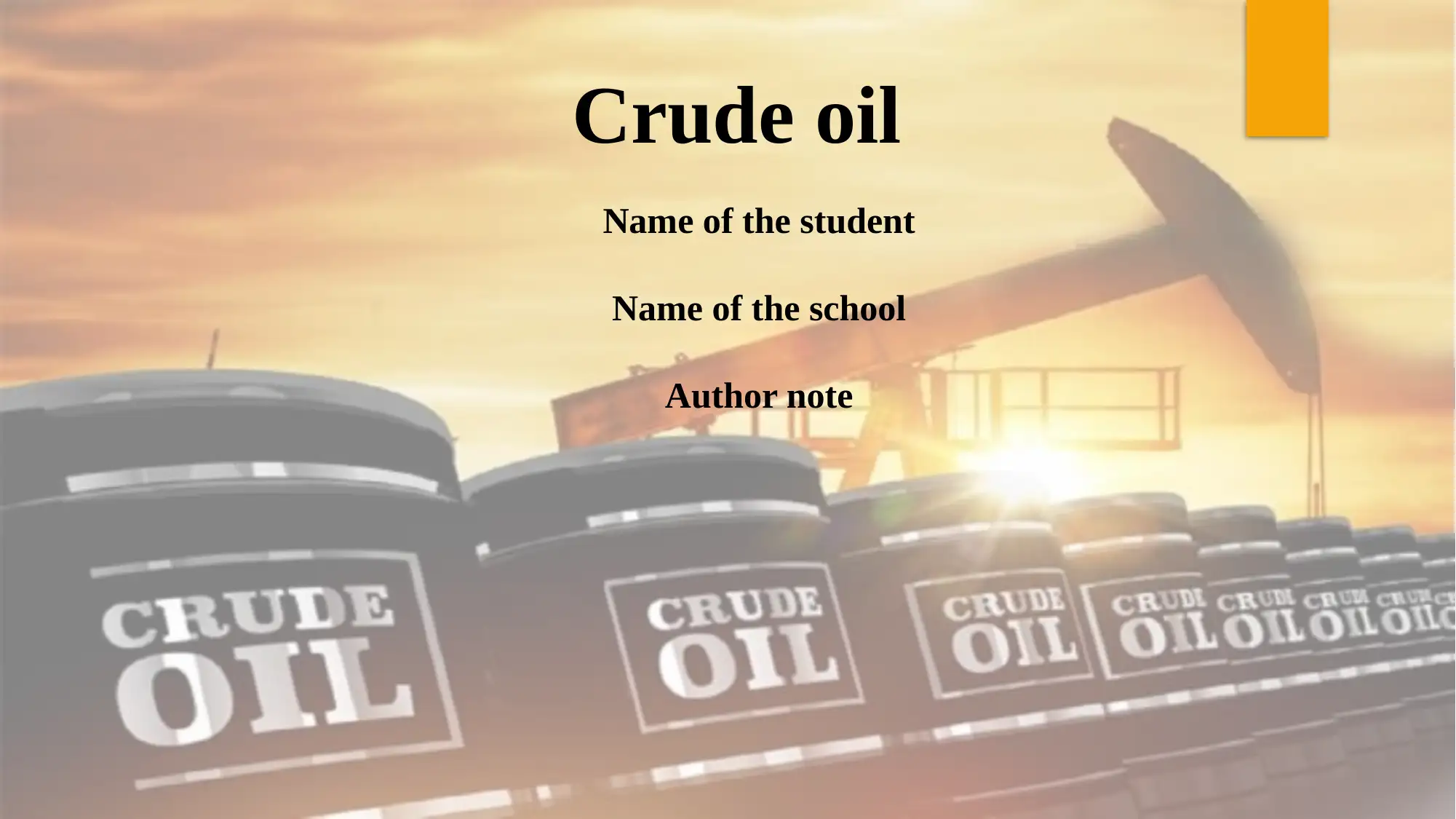
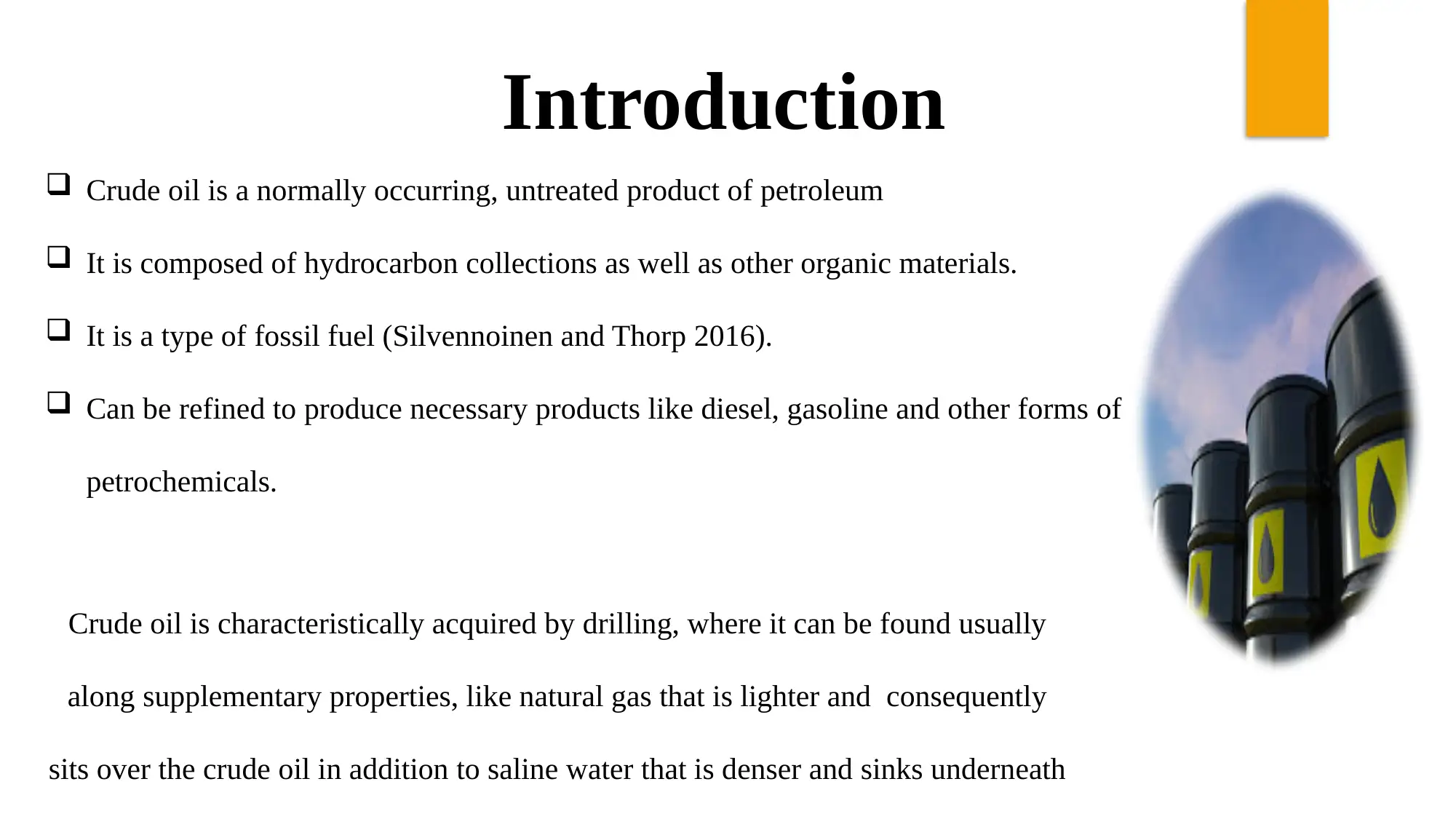
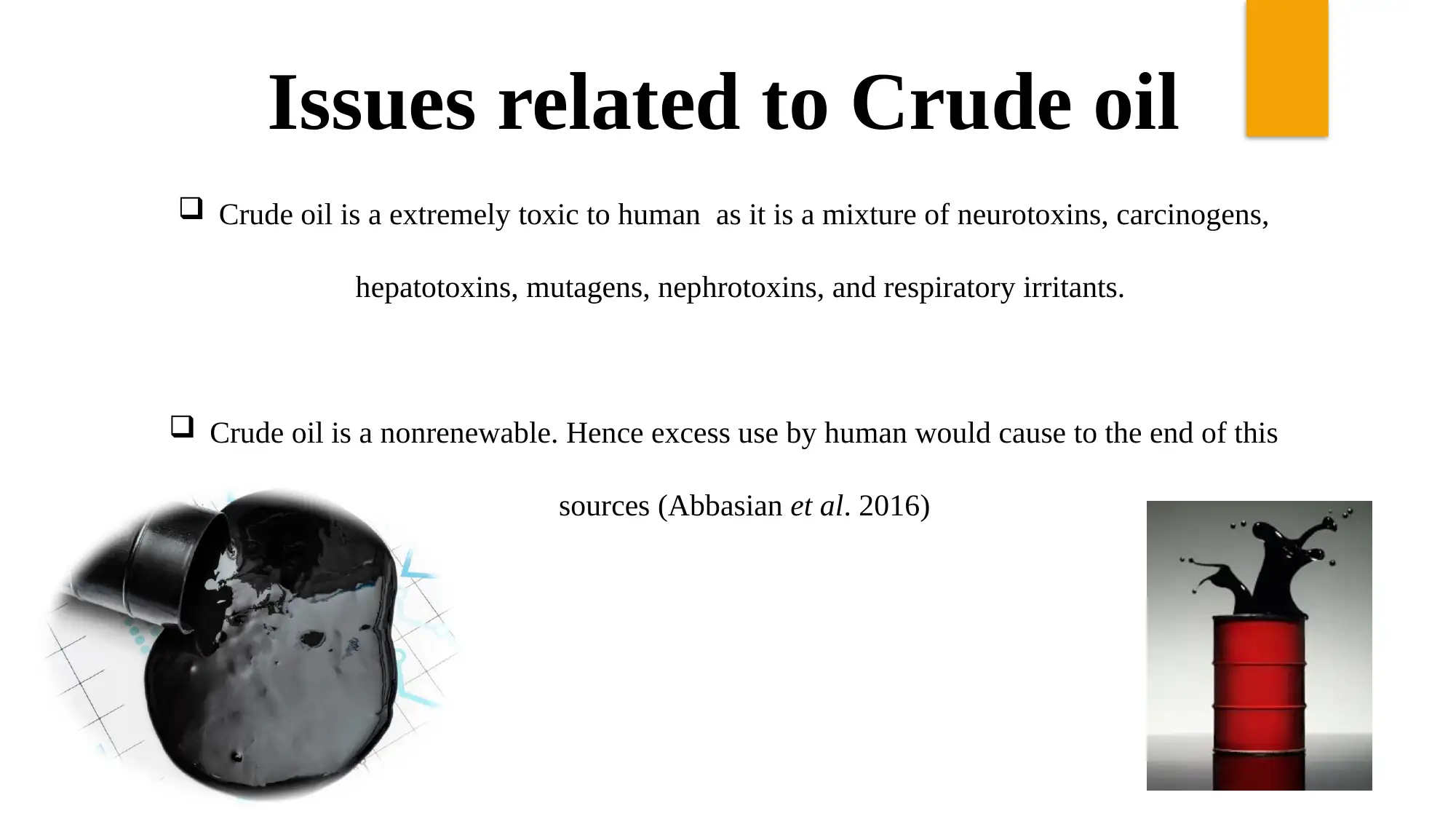

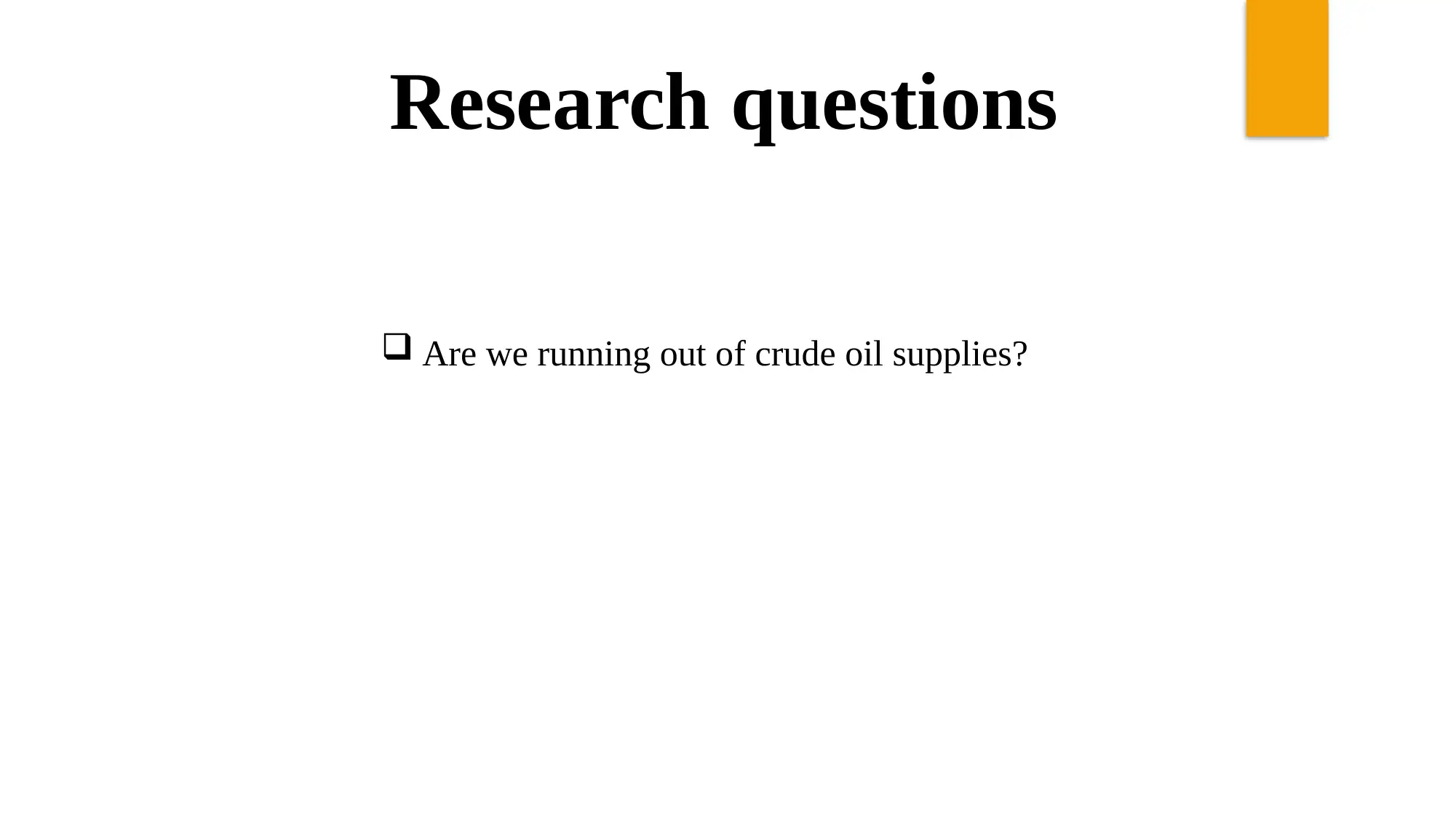
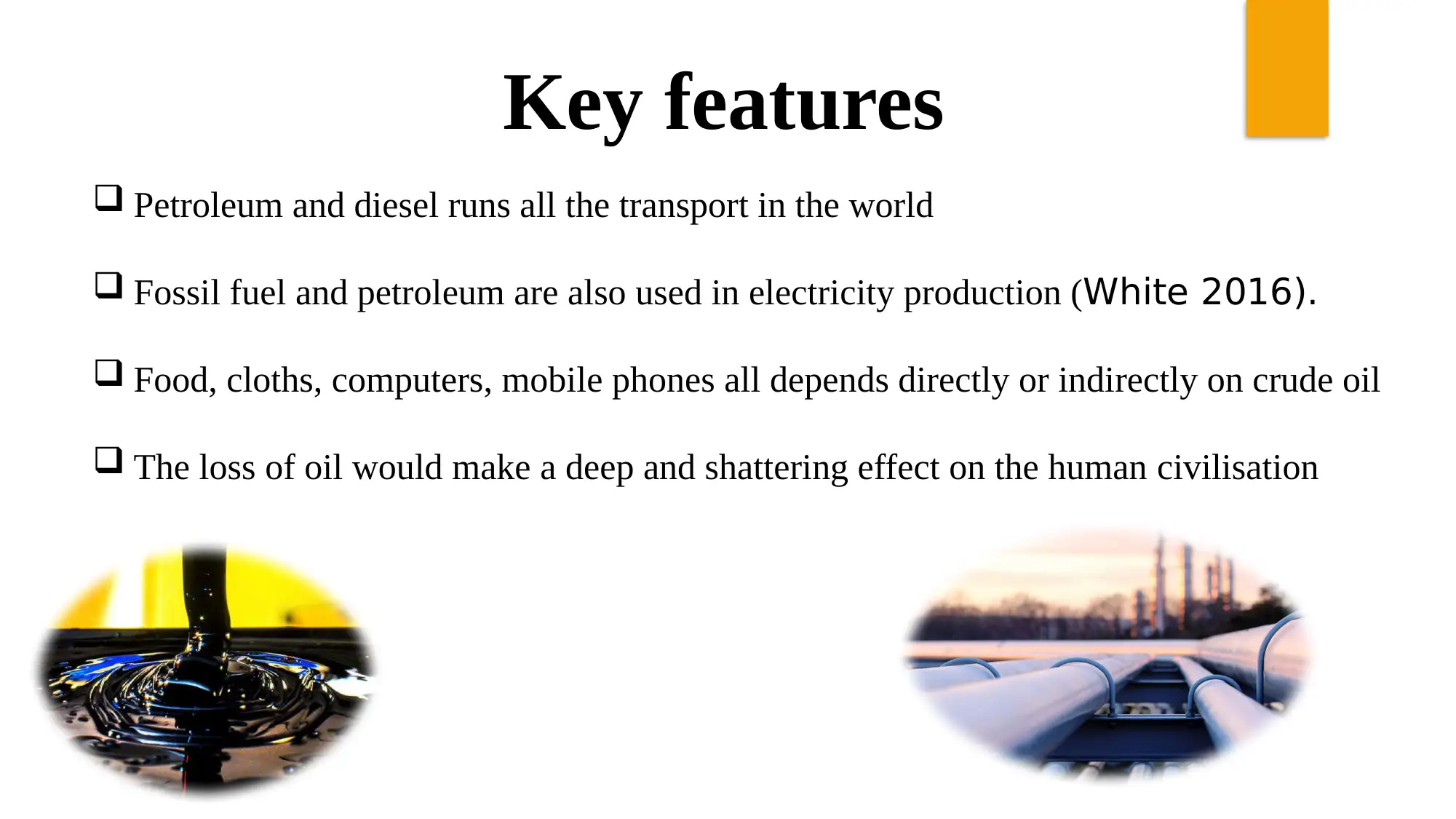
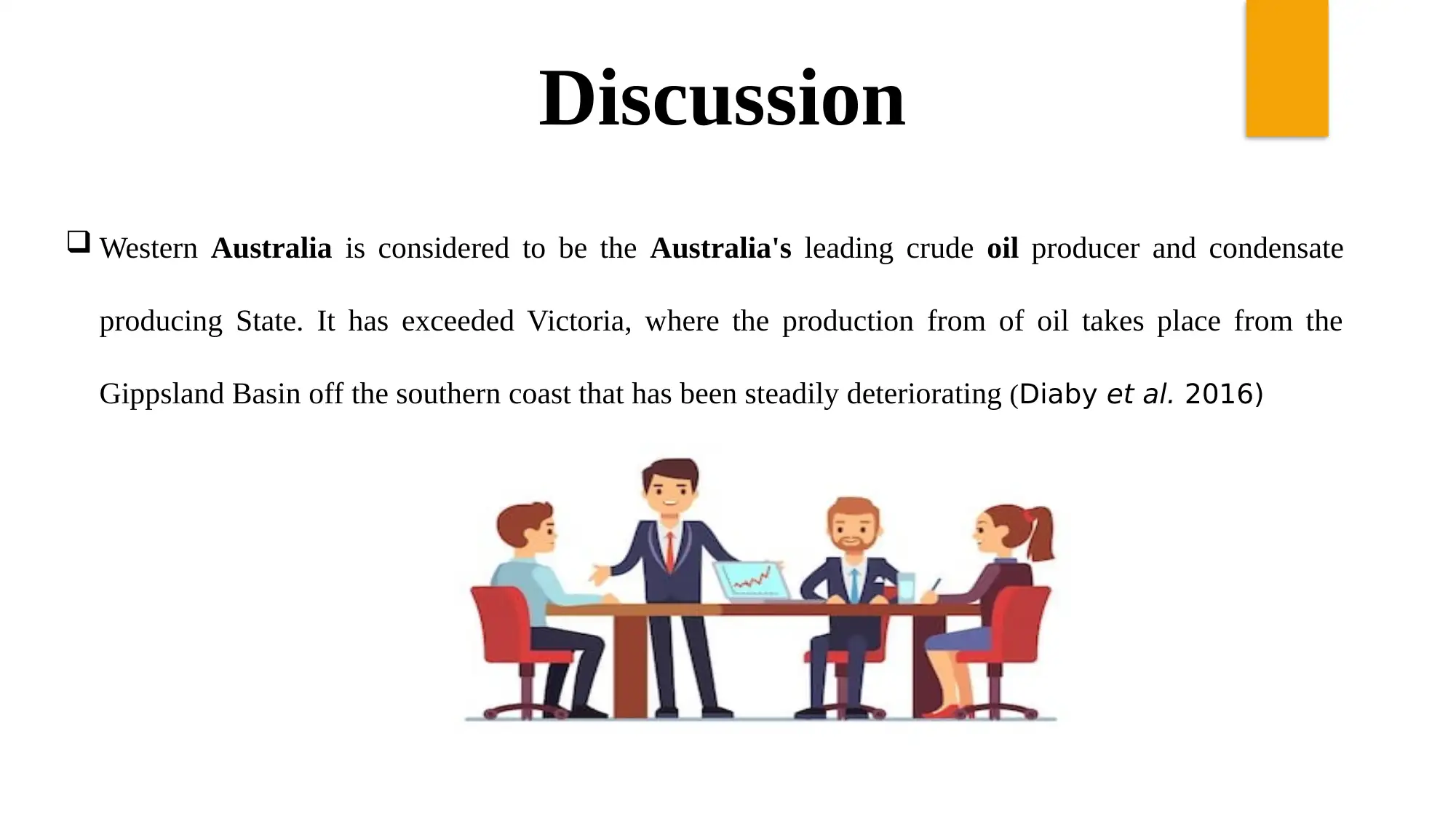
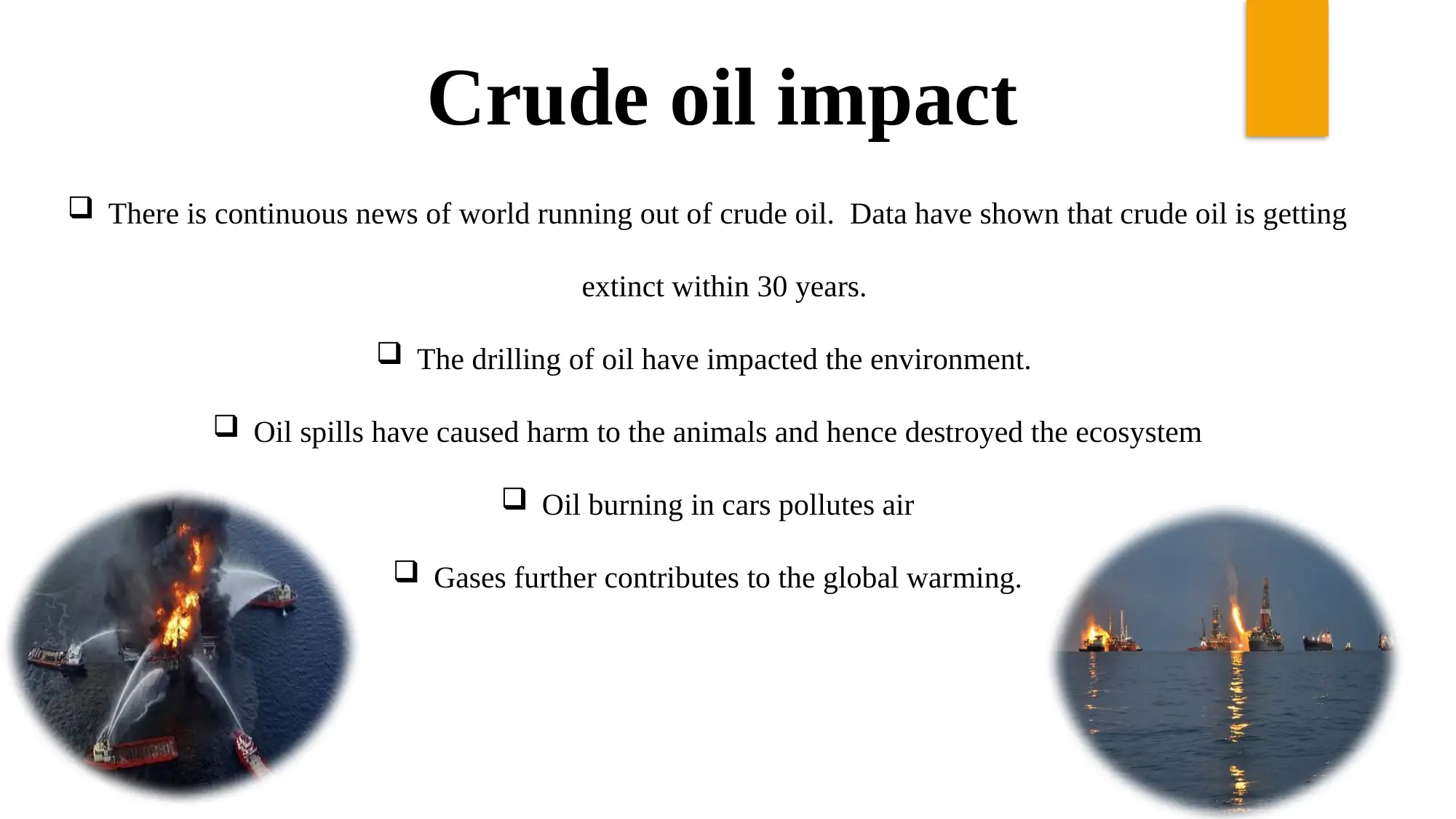
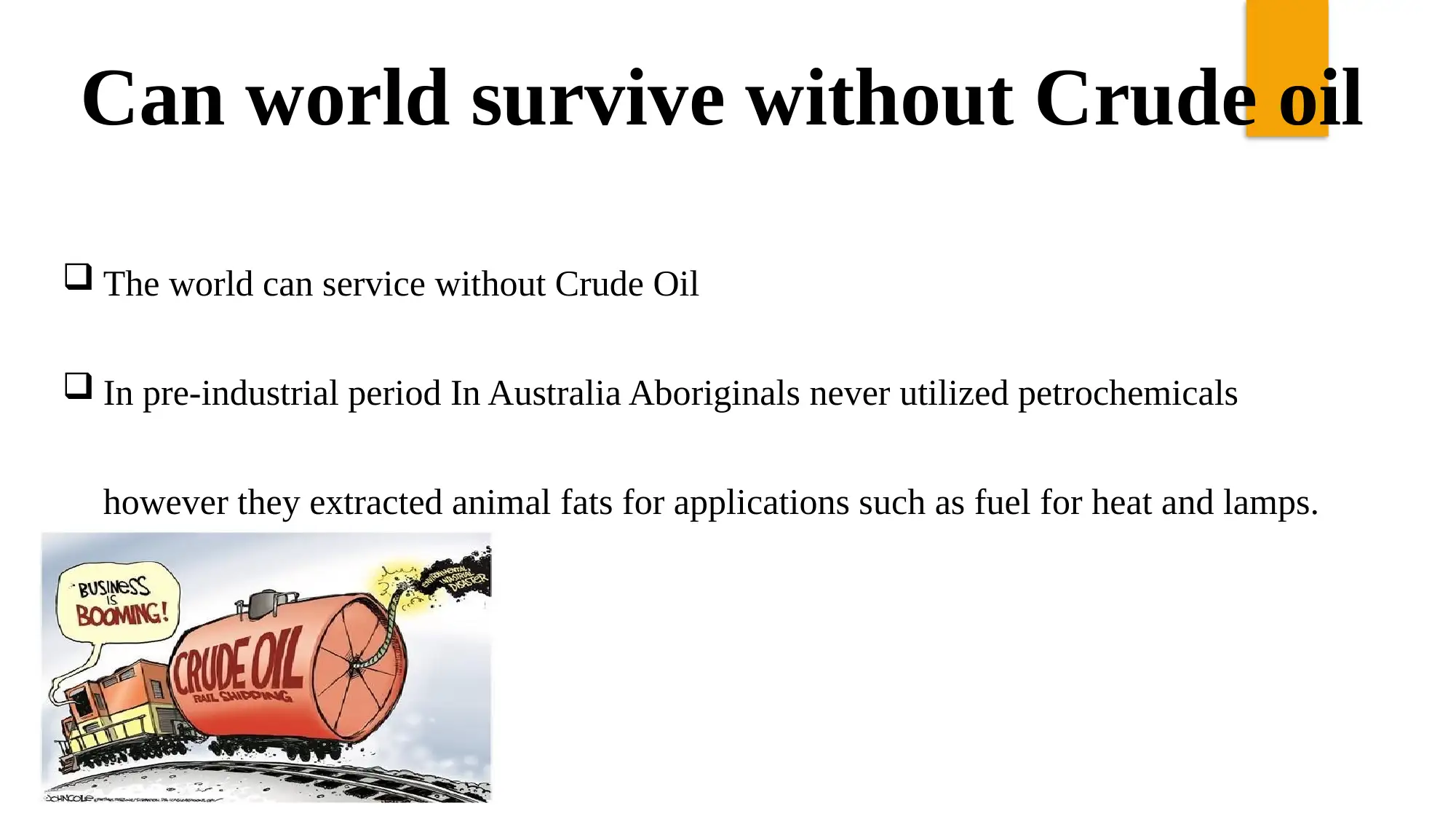
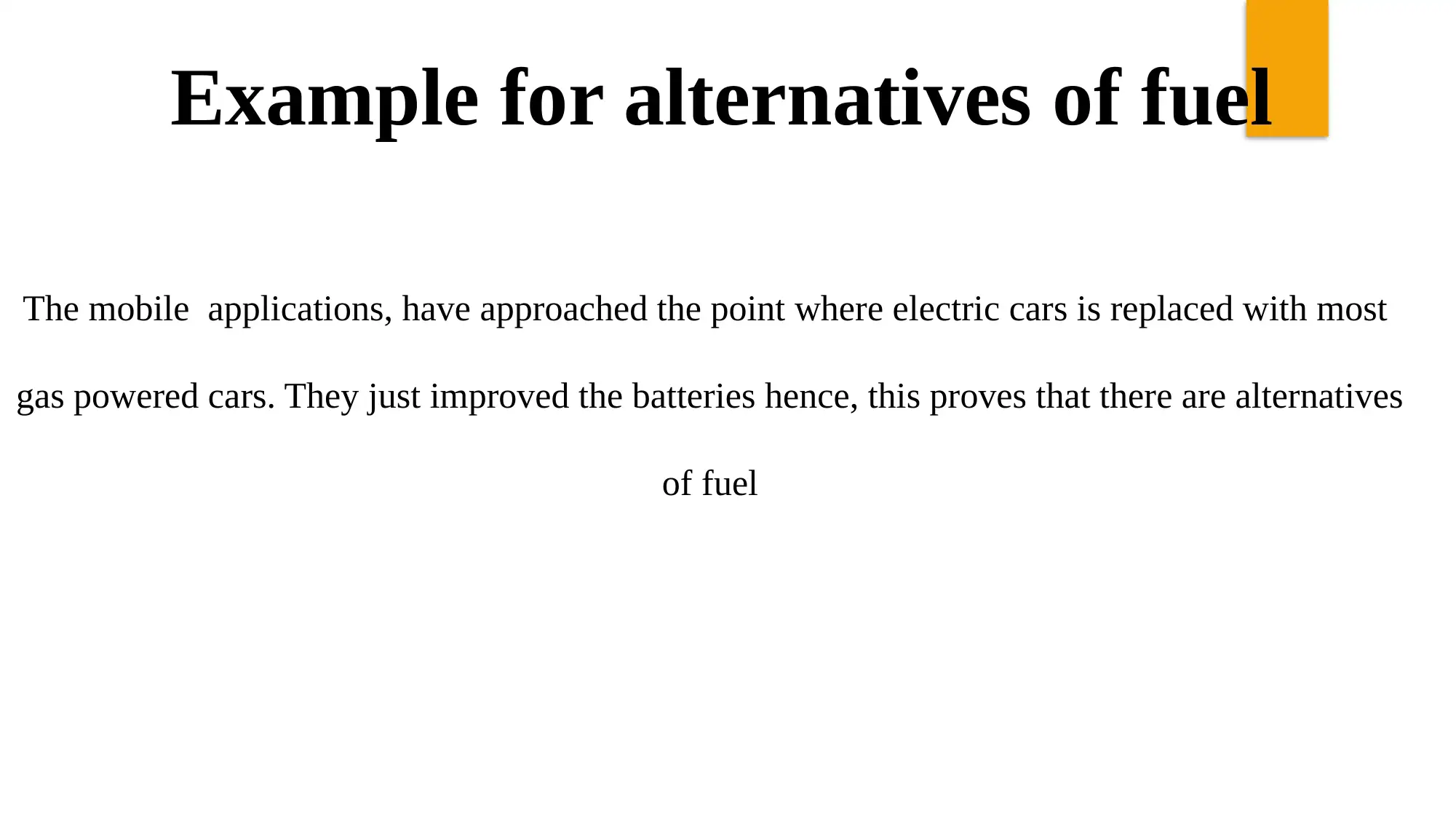
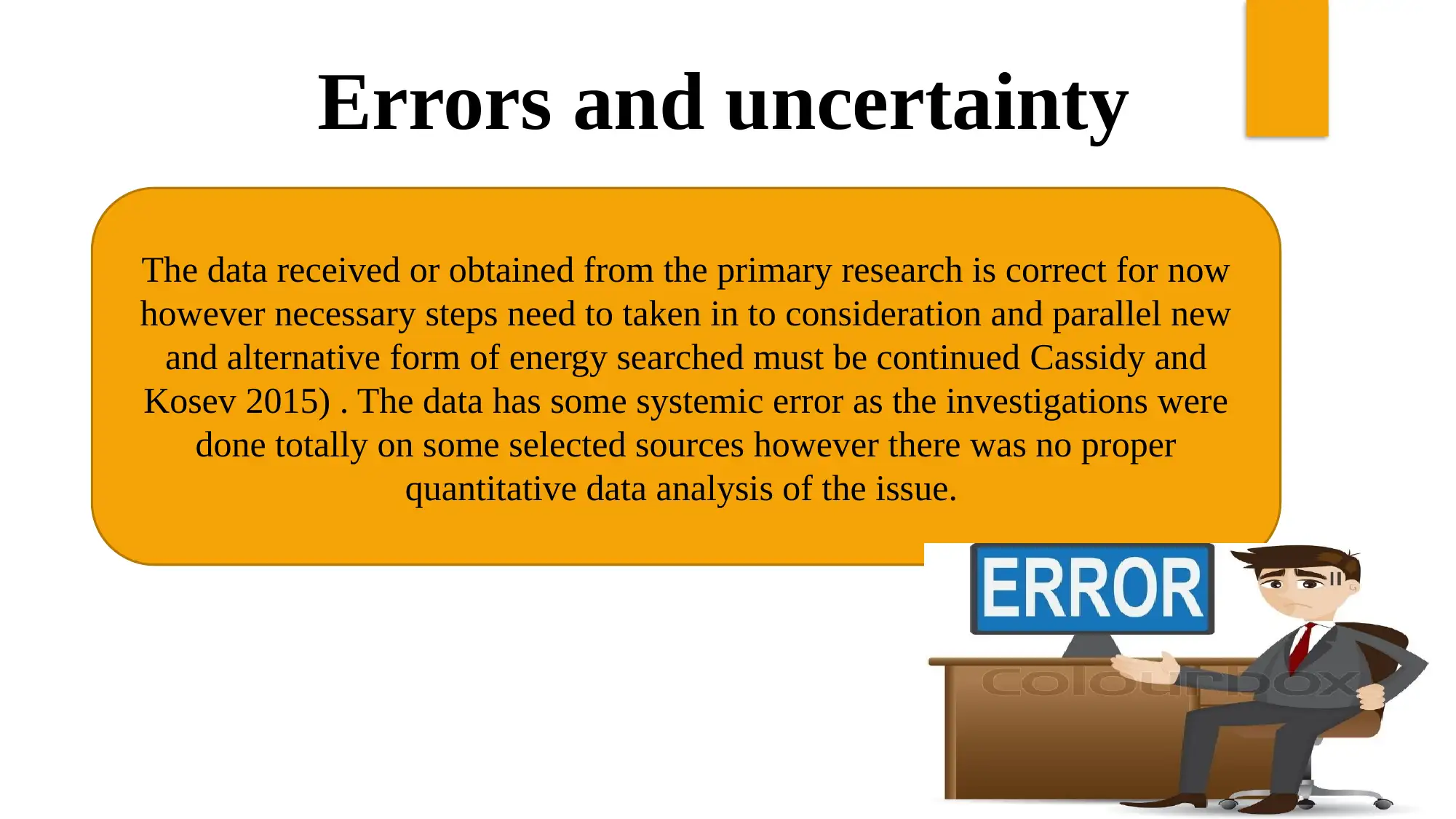
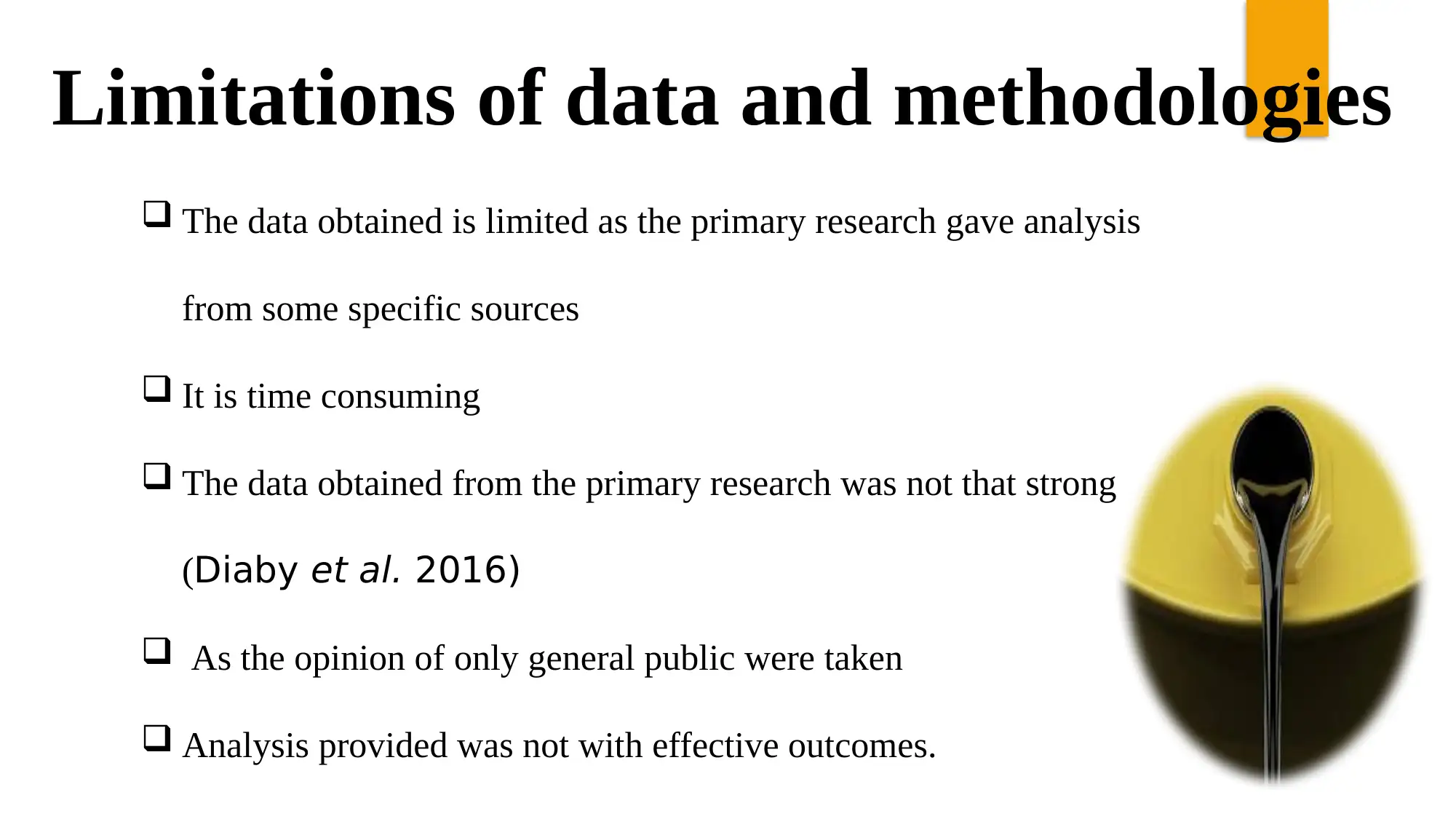
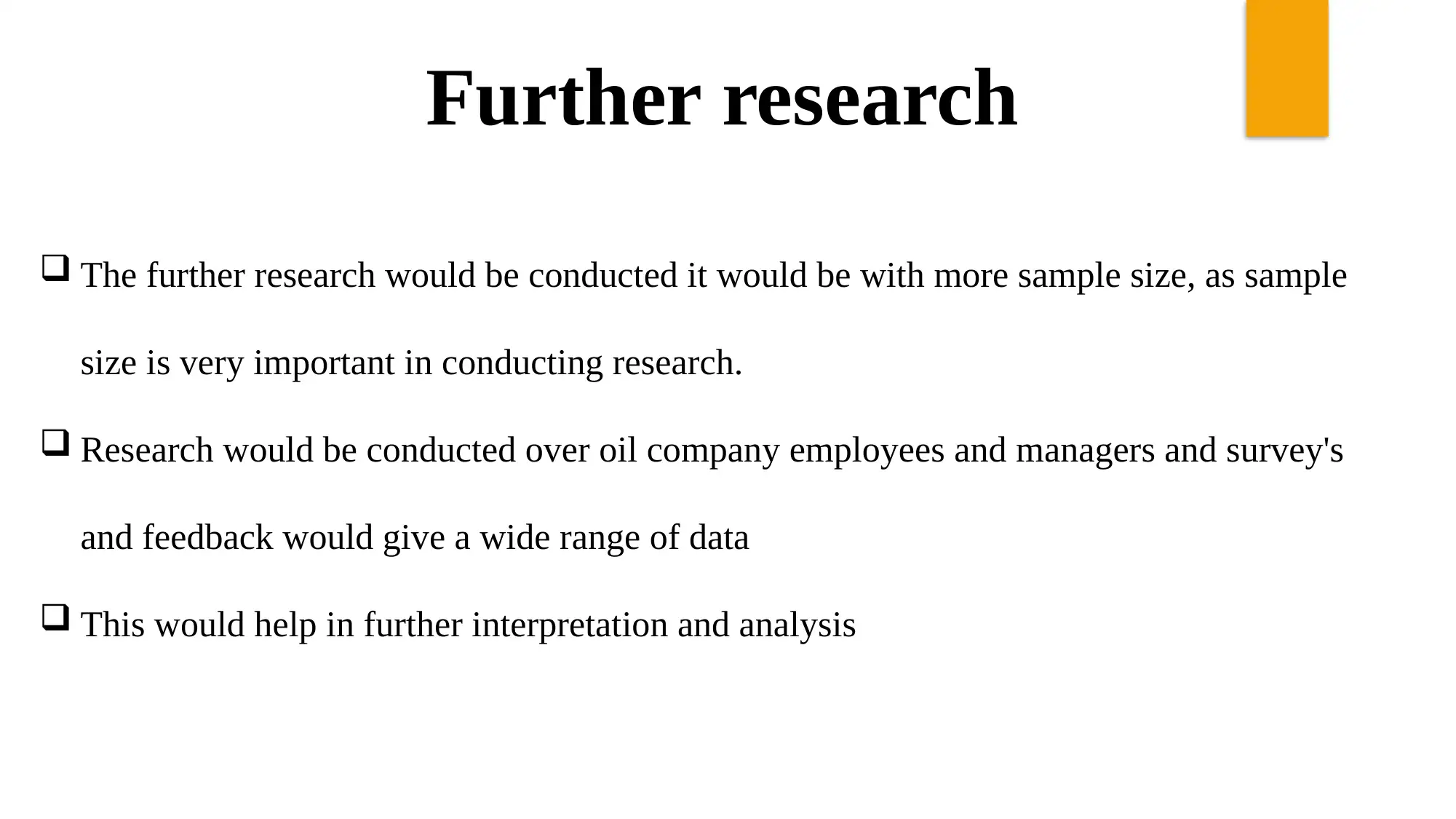






![[object Object]](/_next/static/media/star-bottom.7253800d.svg)